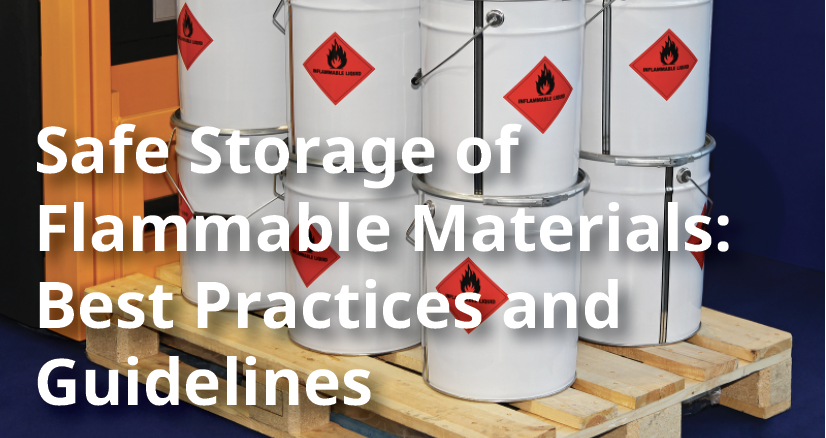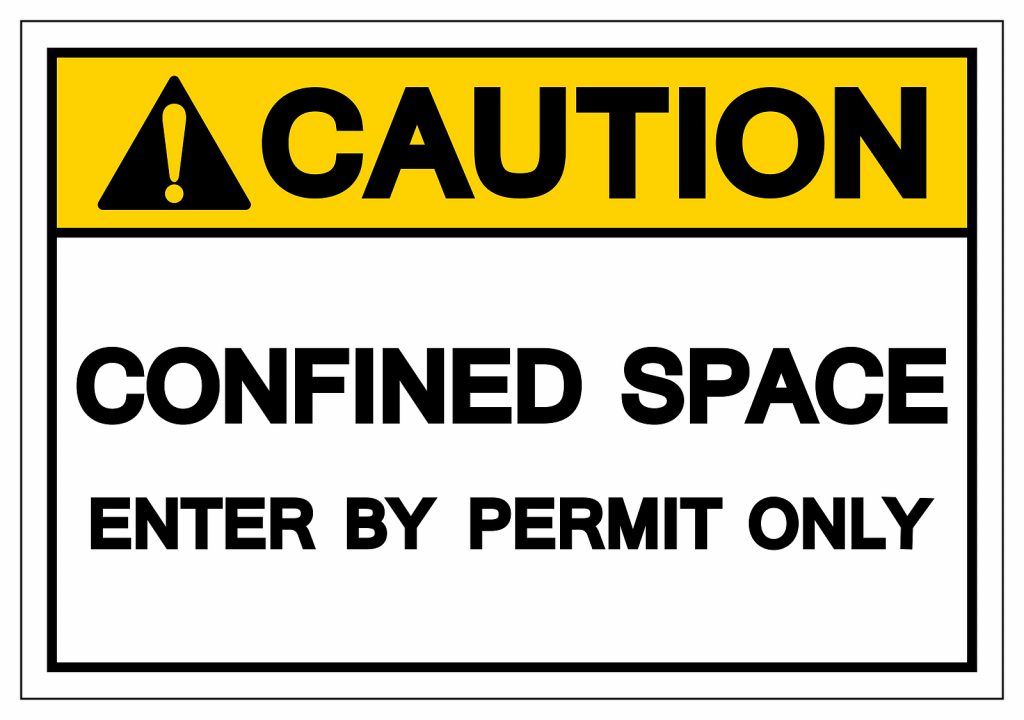
The safe storage of flammable materials is crucial in preventing fires, protecting lives, and ensuring smooth operations. Whether dealing with chemicals in a laboratory, fuel in a warehouse, or everyday household items, understanding and implementing best practices for flammable material storage is essential.
Defining Flammable Materials
Flammable materials are substances that can easily ignite and sustain combustion. They include:
- Liquids: Gasoline, acetone, ethanol, and other solvents.
- Solids: Paper, textiles, and certain plastics.
- Gases: Propane, butane, and natural gas.
These materials pose significant risks due to their ability to catch fire quickly and spread flames. Proper storage mitigates these risks and enhances safety.
Regulations and Standards
Various regulations and standards govern the storage of flammable materials. The Iowa Occupational Safety and Health Administration (IOSHA) and the National Fire Protection Association (NFPA) provide guidelines to ensure safety:
- OSHA’s Hazard Communication Standard (HCS): Requires labeling, safety data sheets (SDS), and training for hazardous materials.
- NFPA 30: The Flammable and Combustible Liquids Code provides detailed requirements for the storage of flammable liquids.
Familiarize yourself with local regulations, as they may have additional requirements.
Best Practices for Flammable Material Storage
- Choose the Right Storage Containers
- Utilize Approved Containers: Use containers specifically designed for flammable materials. These should be made from materials that can withstand the chemical properties of the contents and are often equipped with safety features like flame arresters.
- Proper Labeling: Clearly label all containers with the contents and hazard information to prevent accidental misuse or mixing of incompatible substances.
- Store in Designated Areas
- Separate Storage: Store flammable materials away from ignition sources, such as heaters, open flames, and electrical equipment. Designate specific areas for flammable storage to minimize the risk of accidents.
- Ventilation: Ensure adequate ventilation in storage areas to disperse potentially harmful fumes and reduce the risk of explosive atmospheres.
- Control Access and Maintain Security
- Restrict Access: Limit access to storage areas to authorized personnel only. This reduces the risk of accidents and ensures that only trained individuals handle flammable materials.
- Security Measures: Implement security measures to prevent unauthorized access or tampering with stored materials.
- Implement Fire Prevention Measures
- Fire Suppression Systems: Install appropriate fire suppression systems, such as sprinklers or fire extinguishers, near storage areas. Ensure these systems are regularly inspected and maintained.
- Spill Containment: Provide spill containment materials and equipment to quickly address any leaks or spills. This includes spill kits and absorbent materials.
- Regular Inspections and Maintenance
- Routine Checks: Conduct regular inspections of storage areas and containers to identify potential hazards, such as leaks, corrosion, or damage.
- Maintenance: Maintain containers and storage areas in good condition, replacing any damaged or degraded equipment immediately.
- Employee Training and Preparedness
- Training Programs: Implement comprehensive training programs for employees on the safe handling, storage, and emergency procedures related to flammable materials.
- Emergency Procedures: Develop and communicate clear emergency procedures, including evacuation plans and contact information for emergency services.
Emergency Response
Despite the best precautions, accidents can happen. Having a well-prepared emergency response plan is critical. These plans should include:
- Evacuation Plans: Ensure that evacuation plans are in place and that all employees are familiar with them.
- First Aid Training: Provide first aid training, especially in handling burns or chemical exposure.
- Emergency Contacts: Maintain up-to-date contact information for local fire departments, hazardous material teams, and medical facilities.
Conclusion
Safe storage of flammable materials requires diligence, adherence to regulations, and proactive measures. By following established guidelines and best practices, you can significantly reduce the risk of fires and ensure a safer environment for all involved. Regular training, inspections, and proper storage techniques are essential components of an effective safety strategy. Remember, safety is not just about compliance but about cultivating a culture of awareness and preparedness.
Implementing these practices will help protect lives and property and ensure the continued safe handling of flammable materials in any setting.
Check out the LEARN Course: Hazard Communication: The New GHS Standards
Save the Date: IMWCA University April 2025

Do you have a topic idea for IMWCA University,
April 23-24? Let us know!
Confined Spaces Rescue Team- Do You Have a Team Ready to Go?

Entering a permit-required confined space is an event filled with many possible hazards that can result in serious injury and death if not done correctly. Sometimes, even with good planning, unexpected events happen that result in the need for an emergency rescue. When OSHA developed the standard, they took this into consideration and requires that a Confined Spaces Entry program has a section regarding emergency rescue.
For most local governments performing confined spaces entry, this meant identifying the local fire department as the rescue team and then leaving it at that. The problem with this is that no one consulted the department to see if they were training and equipped to do these types of rescues. Overwhelmingly, the local fire departments were not trained or equipped to do rescues beyond grain bins.
If your organization is doing confined spaces entry, it’s important for you to make sure your entity either develops its own rescue team or finds a regional fire department that is willing to contract with your entity for that service. Generally, most departments in cities with populations above 10,000 have that capability. If you contract with a company to do your confined spaces entry, you will need to make sure they either have their own rescue teams or have contracted with someone to provide this service. You can be drug into an OSHA complaint if you don’t take this step.
Having a rescue team in place can be the difference between a rescue versus a body recovery.
If you have questions regarding the requirements for confined spaces rescue teams please ask your IMWCA Safety and Risk Improvement advisor or contact Dean Schade at deanschade@iowaleague.org.
Iowa League of Cities Conference

We look forward to seeing our city members at the Iowa League of Cities Annual Conference & Exhibit in Sioux City. Stop by and say hello at our exhibit booth, during the IMWCA sponsored wellness event or at our workshop on Uncovering Hidden Savings: Risk Management Strategies for Cities.





